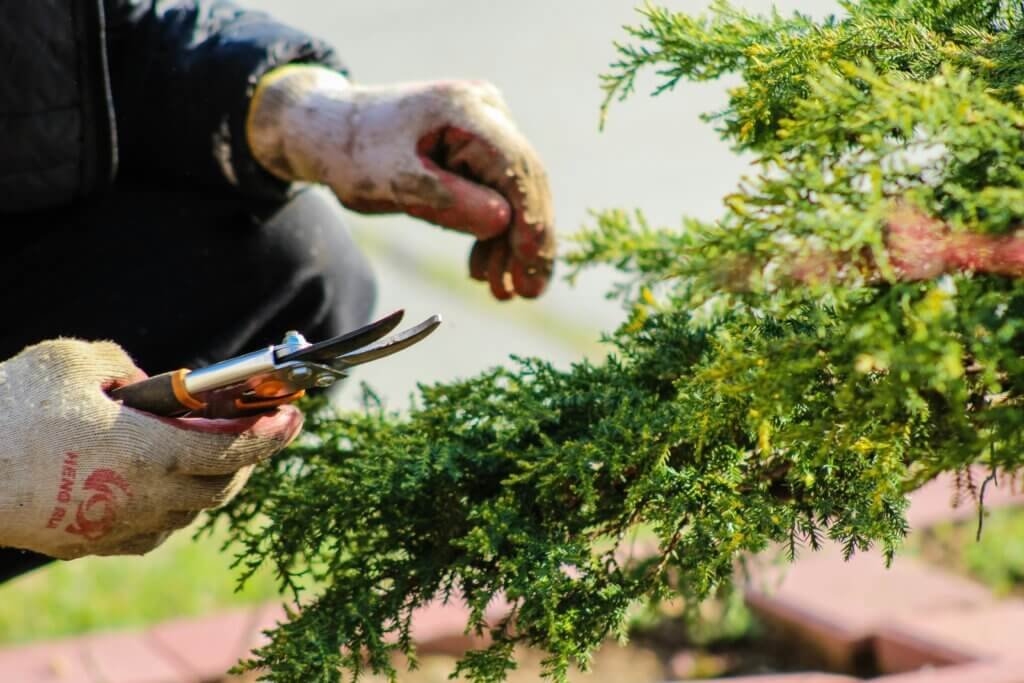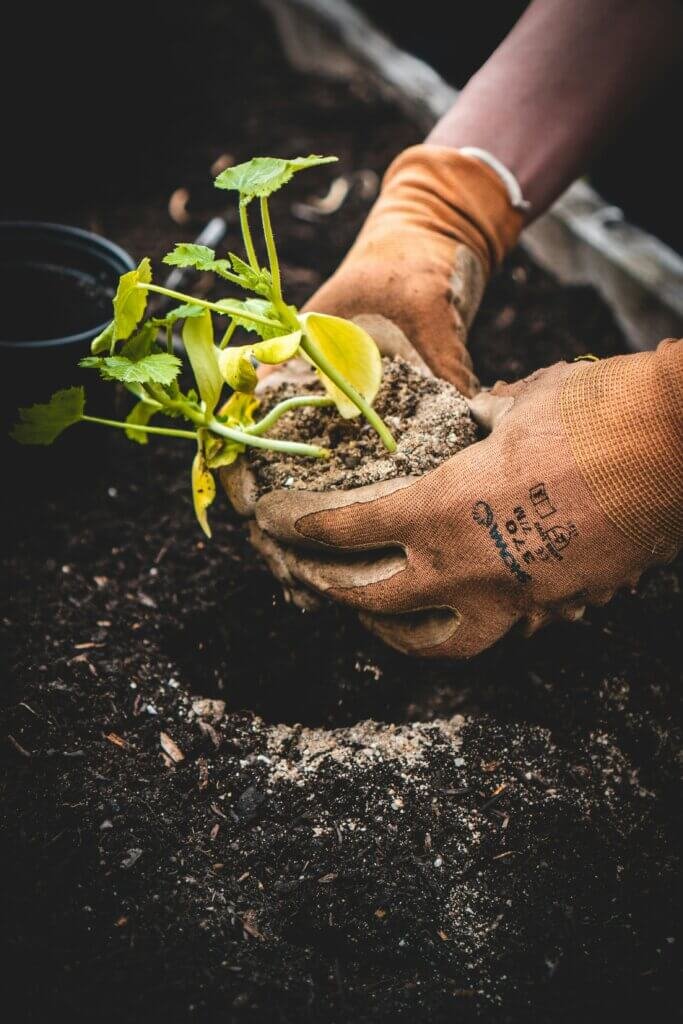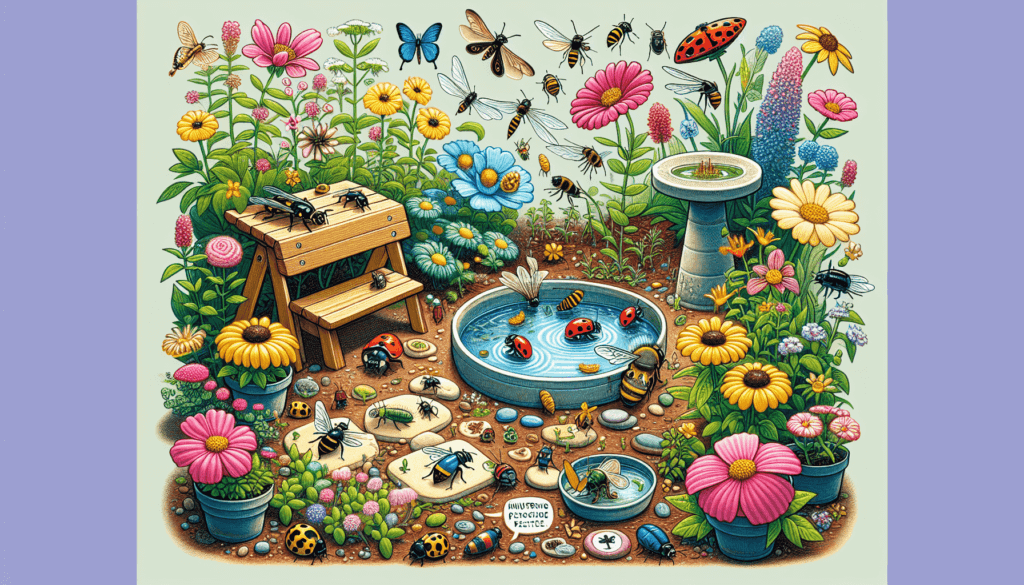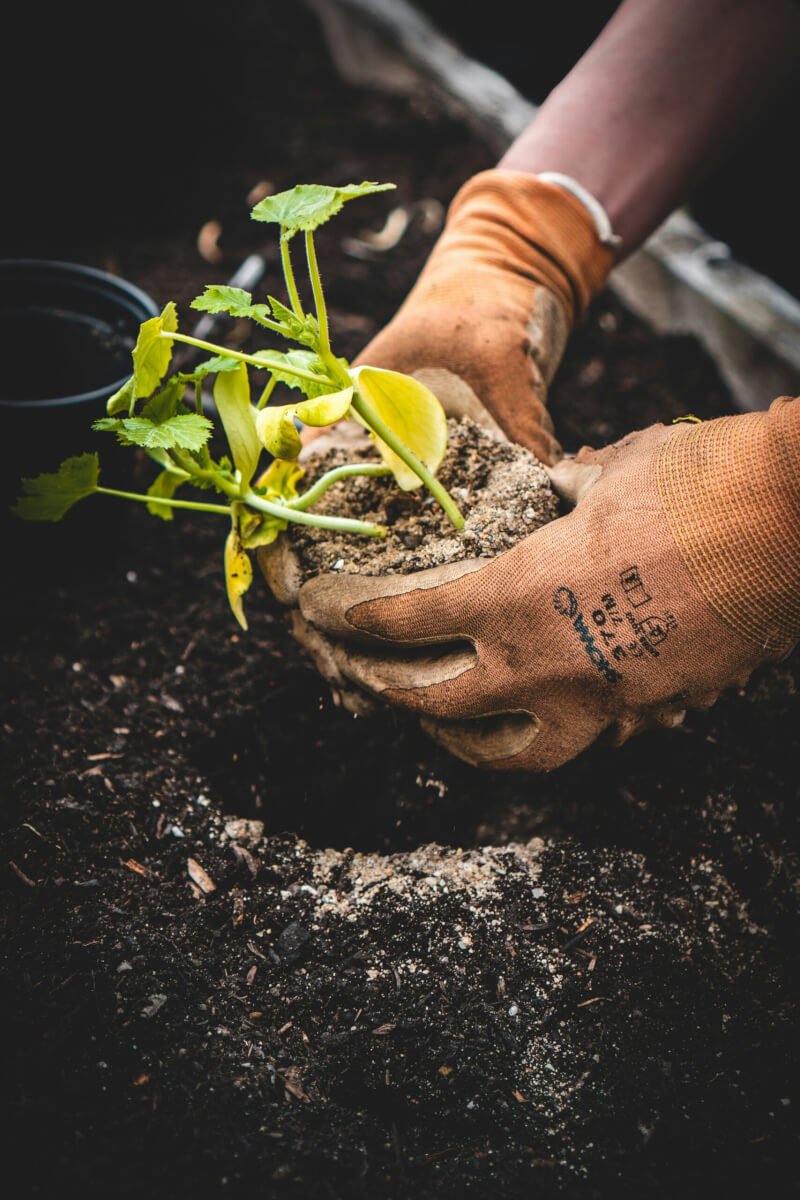If you’re a proud urban gardener looking to boost the health and productivity of your plants, attracting beneficial insects should be at the top of your to-do list. These tiny creatures, such as ladybugs, hoverflies, and bees, not only add beauty to your garden but also act as natural pest controllers, reducing the need for harmful pesticides. In this article, we’ll explore some simple yet effective ways to attract these helpful insects to your urban garden, turning it into a thriving sanctuary for both plants and pollinators. From choosing the right plants to providing shelter and water sources, we’ll guide you through the steps to create an inviting habitat that will make these beneficial insects feel right at home.
Creating a welcoming environment
Provide diverse habitats
Creating a welcoming environment for beneficial insects is essential in attracting them to your urban garden. One way to achieve this is by providing diverse habitats. You can accomplish this by incorporating different types of plants, structures, and features that will serve as shelter and nesting sites for these helpful creatures.
Plant a variety of flowering plants
Another crucial step in creating a welcoming environment for beneficial insects is to plant a diverse selection of flowering plants. By doing so, you will entice a wider range of beneficial insects, as different species are attracted to different types of blooms. A variety of flowers will ensure a continuous source of food for these insects throughout the growing season.
Provide food and water sources
In addition to shelter and floral resources, it is important to provide beneficial insects with a reliable source of food and water. Incorporating plants that produce nectar and pollen-rich blooms will attract and nourish bees, butterflies, and other pollinators. Additionally, providing a water source such as a small pond, birdbath, or drip tray can help satisfy their hydration needs.
Choosing the right flowers
Select native plants
In order to effectively attract beneficial insects, it is recommended to select native plants for your urban garden. These plants have evolved alongside local insects, making them particularly appealing to beneficial species. Native plants are adapted to the local climate and soil conditions, making them more resilient and better suited for attracting and supporting beneficial insects.
Choose plants with different bloom times
To ensure a continuous supply of pollen and nectar, it is important to choose flowering plants that have different bloom times. This ensures that beneficial insects will have a reliable food source throughout the entirety of the growing season. By selecting a combination of early, mid, and late-blooming plants, you can create an attractive environment for a wide range of beneficial insects.
Avoid pesticides and herbicides
To truly create a welcoming environment for beneficial insects, it is crucial to avoid using harmful chemicals such as pesticides and herbicides. These substances can be toxic to beneficial insects and can disrupt the delicate balance of your garden ecosystem. Opt for organic and natural pest control methods instead, such as companion planting and using naturally-derived pest deterrents.

Utilizing companion planting
Interplanting flowers and herbs with vegetables
One effective way to attract beneficial insects to your urban garden is through the practice of companion planting. By interplanting flowers and herbs with your vegetable crops, you can create a more diverse and attractive environment for beneficial insects. The presence of flowering plants will provide alternative food sources, while herbs like dill and parsley can attract insects that prey on common garden pests.
Consider trap crops
Another strategy to utilize in companion planting is the use of trap crops. These are sacrificial plants that are specifically grown to attract pests away from your main crops. By planting trap crops such as marigolds or radishes, you can lure pests to these plants, effectively protecting your desired plants and providing a food source for beneficial insects that prey on the pests.
Rotate crops to disrupt pest life cycles
Rotating crops is another effective method for managing pests and attracting beneficial insects. By changing the location of your crops each growing season, you can disrupt the life cycles of pests that may have overwintered in the soil. This helps to reduce pest populations and creates a more favorable environment for beneficial insects to thrive.
Using insectary plants
Include plants that provide nectar and pollen
Insectary plants are plants specifically chosen for their ability to attract beneficial insects by providing them with nectar and pollen. Including these plants in your urban garden will help to ensure a steady supply of food for these helpful creatures. Examples of insectary plants include sunflowers, coneflowers, and borage.
Consider the size and shape of flowers
When selecting insectary plants, it is important to consider the size and shape of their flowers. Different beneficial insects have different feeding habits, and their mouthparts may be adapted to certain types of flowers. Providing a variety of flower shapes and sizes will accommodate a wider range of beneficial insects and increase the chances of attracting them to your garden.
Create a continuous bloom cycle
To maximize the effectiveness of insectary plants, it is important to create a continuous bloom cycle. This can be achieved by selecting a combination of early, mid, and late-flowering plants. By staggering their bloom times, you can ensure that there is always a nectar and pollen source available for beneficial insects throughout the entire growing season.

Providing shelter and nesting sites
Include dense vegetation or shrubs
Providing shelter and nesting sites for beneficial insects is crucial in attracting them to your urban garden. One effective way to do this is by including dense vegetation or shrubs in your garden design. These can act as protective cover for beneficial insects, providing them with a safe place to rest, breed, and overwinter.
Provide water and mud for nesting sites
In addition to shelter, beneficial insects also require suitable nesting sites. Many solitary bees, for example, create nests in the ground or in pre-existing crevices. By providing water and creating areas with mud or bare soil, you can attract these bees and other beneficial insects that require these conditions for successful reproduction and nesting.
Utilize beneficial insect houses or structures
Another way to provide shelter and nesting sites for beneficial insects is by utilizing beneficial insect houses or structures. These can be commercially available or handmade, and they are designed to mimic natural nesting sites. These structures can attract a variety of beneficial insects, including solitary bees, ladybugs, lacewings, and more.
Attracting specific beneficial insects
Ladybugs
Ladybugs, also known as ladybirds or lady beetles, are incredibly beneficial insects to have in your urban garden. They feed on aphids, scales, mites, and other common garden pests. To attract ladybugs, provide a diverse range of flowering plants to provide them with nectar and pollen. Additionally, planting herbs such as dill, fennel, and cilantro can attract ladybugs that feed on aphids.
Bees
Bees are essential pollinators that play a vital role in the reproduction of flowers and the production of fruits and vegetables. To attract bees to your urban garden, select a range of native flowering plants that provide a good source of nectar and pollen. Avoid using pesticides and let portions of your garden go wild to provide forage and nesting opportunities for solitary bees.
Butterflies and moths
Butterflies and moths are not only beautiful additions to your garden but also important pollinators. To attract these beneficial insects, incorporate a variety of flowering plants into your urban garden that are known to attract butterflies and moths. Milkweed, asters, and butterfly bush are just a few examples of plants that can help draw these winged wonders to your garden.

Managing pests naturally
Encourage natural predators
One effective way to manage pests in your urban garden is by encouraging natural predators. Beneficial insects such as ladybugs, lacewings, and parasitic wasps are excellent natural pest control agents. By providing a suitable environment that includes host plants, shelter, and water sources, you can attract and support these beneficial predators, effectively managing pest populations in a natural and sustainable way.
Implement cultural pest control methods
In addition to attracting beneficial insects, implementing cultural pest control methods can help manage pest populations in your urban garden. Practices such as crop rotation, intercropping, and proper plant spacing can help deter pests and minimize their impact. By optimizing growing conditions and reducing the appeal of your garden to pests, you can create a healthier environment for beneficial insects to flourish.
Practice proper garden hygiene
Practicing proper garden hygiene is another important aspect of managing pests naturally. Regularly remove and destroy any pest-infested plants or debris to prevent the spread of pests and diseases. Clean tools and equipment regularly, and avoid overcrowding plants, as it can create conditions that attract pests. Maintaining a clean and well-maintained garden can help reduce the likelihood of pest outbreaks and create a more welcoming environment for beneficial insects.
Avoiding harmful chemicals
Eliminate or reduce pesticide use
To create a truly beneficial insect-friendly garden, it is important to eliminate or reduce the use of pesticides. Pesticides can harm not only harmful pests but also beneficial insects, disrupting the delicate balance of your garden ecosystem. When faced with pest problems, try using natural alternatives, such as neem oil, insecticidal soap, or homemade organic sprays, which are less harmful to beneficial insects.
Choose organic and natural alternatives
When pest control is necessary, opt for organic and natural alternatives to harmful chemicals. There are many organic pest control products available on the market, such as biopesticides, which are derived from naturally occurring substances. These products target specific pests while minimizing harm to beneficial insects. Additionally, incorporating organic practices such as composting and amending soil can promote overall garden health and reduce the need for chemical interventions.
Monitor and control pest outbreaks manually
In situations where pest outbreaks occur, it is important to take immediate action to prevent the infestation from spreading. Consider manually removing pests by handpicking, using sticky traps, or applying physical barriers such as row covers. This targeted approach allows for the control of pests without adversely affecting beneficial insects.

Monitoring and evaluating
Regularly inspect plants for pest damage
Regularly inspecting your plants for signs of pest damage is paramount in maintaining a healthy urban garden. Actively monitor both the tops and undersides of leaves, as well as stems and fruits, for any indications of pest activity. Early detection and intervention can help prevent pest populations from spreading and minimize potential damage to your plants.
Identify and record beneficial insects
In addition to monitoring pest activity, it is important to identify and record beneficial insects in your urban garden. Take note of the different species you encounter, as well as their habits and preferences. This knowledge will help you design and manage your garden to better accommodate and attract these helpful creatures in the future.
Keep track of garden changes and improvements
As you make changes and improvements to your urban garden, it is valuable to keep track of these adjustments. Monitor the effectiveness of plant selections, companion planting strategies, and pest management techniques. By documenting and evaluating these changes, you can refine your approach and create an even more welcoming environment for beneficial insects.
Educating others
Share knowledge with neighbors
To have a widespread positive impact on urban gardening, it is important to share your knowledge and experiences with neighbors. Many people may not be aware of the benefits of attracting beneficial insects or how to do so effectively. By sharing your gardening practices and the successes you’ve had in attracting beneficial insects, you can inspire others to create their own insect-friendly urban gardens.
Teach children about beneficial insects
Engaging with children and teaching them about beneficial insects can have a lasting impact on their understanding and appreciation for nature. Encourage children to observe insects, identify the beneficial ones, and explain their importance in the garden ecosystem. By fostering this knowledge early on, you can instill a love for gardening and a desire to create a welcoming habitat for beneficial insects.
Participate in community gardening initiatives
Participating in community gardening initiatives is another way to educate and inspire others to create insect-friendly urban gardens. Offer to share your expertise, organize workshops or informational sessions, and encourage community members to implement practices that attract and support beneficial insects. By working together, you can create a network of insect-friendly urban gardens that contribute to a healthier environment for all.



